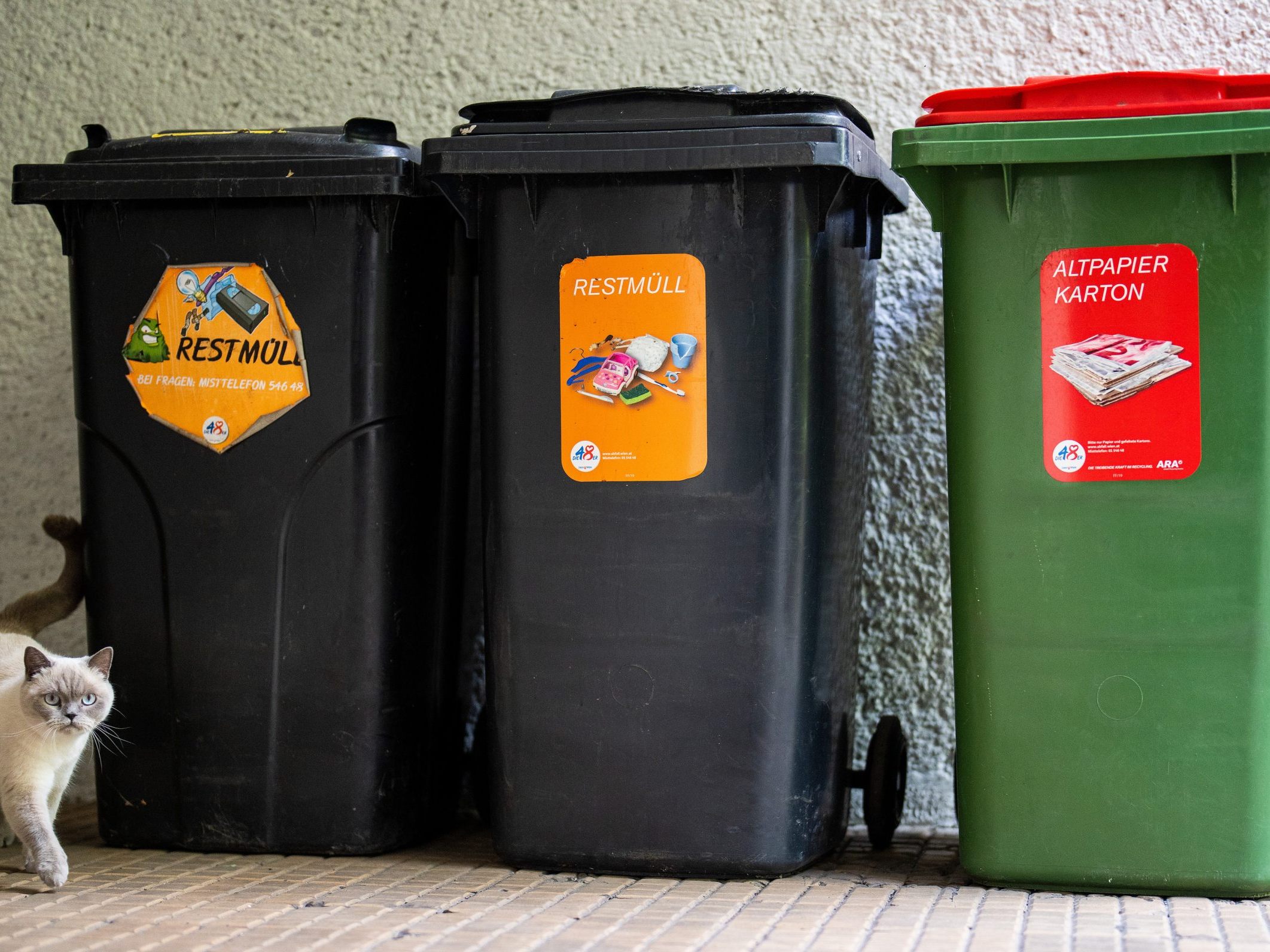Residual Waste Flood Instead of Recycling: Why Waste Separation in Vienna Is Not Yet Working

In Vienna, about eight kilograms of lightweight packaging and metal were collected per person last year. According to a report by the daily newspaper Kurier, each Viennese produces around 260 kilograms of residual waste per year, which is 100 kilograms higher than the Austrian average. These figures indicate the immense potential for improvement in waste separation.
Obstacles to Waste Separation in Vienna
Experts emphasize the need for improved collection infrastructure in Vienna, as waste separation is associated with numerous obstacles. According to MA 48, the city's waste management department, the anonymity in the big city and the associated lower motivation play a crucial role. While waste separation is often easier in rural areas, Viennese citizens have to take their plastic waste to collection points themselves, instead of conveniently depositing it at their doorstep.
Different Challenges in Residential Areas
Vienna is equipped with 19,000 yellow bins, but a recent collection trial in the Favoriten district showed that even placing containers in waste rooms does not lead to an improvement in collection rates. Eight out of ten bottles ended up in residual waste instead of the yellow bin. This means that simply increasing the number of collection containers does not necessarily lead to better rates. In single-family house areas, 45,000 households use the yellow bag, while in densely populated areas, a yellow bin is provided in new buildings with more than 15 residential units.
Advertising Campaigns and "Waste Watchers" Provide Education on Waste Separation
To improve waste separation, advertising campaigns and information services are initiated in 17 languages. In addition, "Waste Watchers" monitor the Vienna waste system and impose strict measures against illegal waste disposal. In 2024, over 12,000 administrative fines have already been imposed for illegally dumped bulky waste, dog waste, and cigarette butts.
Recycling Rate Currently Only at 26 Percent
EU regulations require a significant increase in recycling rates. Although PET bottles account for only 15 percent of all plastic packaging, the EU demands a recycling rate of 90 percent for PET bottles alone by 2029. By the end of the year, half of all plastic packaging must be recycled, with a target of 55 percent by 2030. Currently, the recycling rate is only 26 percent, making the achievement of these goals challenging.
(Red)
This article has been automatically translated, read the original article here.





